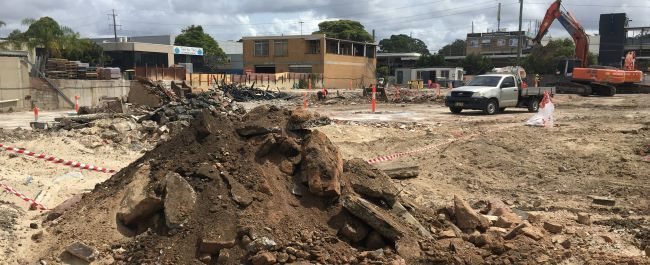Making land remediation a value add process
Contaminated land remediation is expensive and frequently bounded by government legislation. While regulations and guidelines facilitate human and environmental protection, modern day approaches to land remediation attempt to look beyond costs and legal liabilities and seek to broaden stakeholder benefits.
Stakeholder engagement is an important mechanism for identifying community concerns and provides an opportunity to communicate the benefits of a remediation proposal. Different stakeholders will apply a different value system to a remediation proposal, often linked to how they view and use the land.
Different stakeholders seek diverse outcomes
When remediating contaminated land there are generally six types of stakeholders:
- Landowner (or owner of the contamination);
- Remediation consultant;
- Regulator;
- Auditor;
- Neighbours; and
- Local government.
While all stakeholders would see value in minimising risks to human health and the environment, a landowner is more likely to be concerned with remediation cost and return on investment. The regulator, however, will be focused on legislative obligations and consequently prefers proven remediation techniques. By contrast, a remediation consultant may want to employ a more sustainable approach that is less established. Likewise, neighbours and local government agencies are likely to seek different outcomes. Diverse objectives can lead to controversy that results in delays, unwanted media attention or potential litigation, hence the importance of engaging with stakeholders prior to embarking on a remediation proposal.
Environmental, economic and social benefits
The value of a remediation project can be delivered through environmental, economic and social gains. Parameters will vary according to location and other site specific details but could include:
Environmental – minimising contamination risks to flora or fauna, enhancing the natural environment, removing a blight on land.
Economic – improving land values, creating development opportunities, revitalising local economies, fulfilling contractual obligations, achieving cost effective remediation, maintaining or enhancing a corporate reputation, developing improved remediation techniques.
Social – minimising health risks to site users and neighbours, addressing community health concerns, developing community/industry relationships, improving community amenities, enhancing land aesthetics, contributing to scientific knowledge, increased awareness of shared values.
Value Conflicts
It can be difficult to weigh different values and justify one over the other but information flow between stakeholders can be a key determinant for a good remediation outcome. A stakeholder engagement strategy can be a key step in defining value drivers and/or community concerns especially if development of a site is contentious. Likewise, stakeholder engagement improves transparency for remediation decisions which builds trust and can help to link common goals and interests while also addressing issues of perceived risk and community angst.A good remediation project seeks to deliver benefit to most stakeholders.
Sustainable remediation
Over the last decade, environmental consultants have been seeking more sustainable remediation options. The main goal is to achieve an overall net benefit across environmental, economic and social concerns but also seek to employ greener remediation techniques. This approach moves on from an overriding focus on explicit reference levels to risk-based decision making and is an important change in achieving better remediation outcomes.
While, remediation projects can be a value-add opportunity for many stakeholders, sustainable remediation is not yet an industry-wide norm. For one thing, regulators remain risk adverse in relation to new technologies, however, the change to a sustainability, value-add philosophy is powering significant research into clean-up technologies and industry change. For example, a number of industry bodies such as the Sustainable Remediation Forum (SURF) are working to progress value-based metrics and new best practice methods which will further establish contaminated land remediation as a value-add exercise.
For further information on Geo-Logix’s remediation services, please contact us on 02 9979 1722. Further discussion on value-based land remediation can be found in CRC Care’s Technical Report No.35 and advice on stakeholder engagement can be found in the CRC for Contamination Assessment and Remediation of the Environment guideline on stakeholder engagement.

